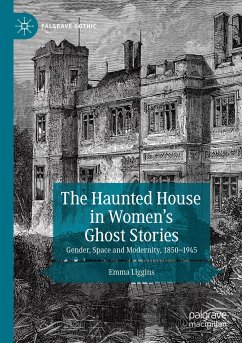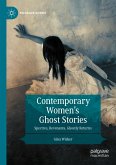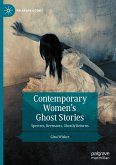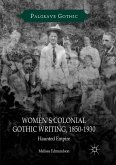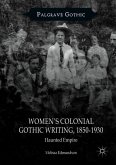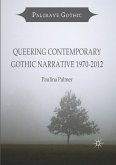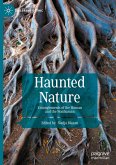This book explores Victorian and modernist haunted houses in female-authored ghost stories as representations of the architectural uncanny. It reconsiders the gendering of the supernatural in terms of unease, denial, disorientation, confinement and claustrophobia within domestic space. Drawing on spatial theory by Gaston Bachelard, Henri Lefebvre and Elizabeth Grosz, it analyses the reoccupation and appropriation of space by ghosts, women and servants as a means of addressing the opposition between the past and modernity. The chapters consider a range of haunted spaces, including ancestral mansions, ghostly gardens, suburban villas, Italian churches and houses subject to demolition and ruin. The ghost stories are read in the light of women's non-fictional writing on architecture, travel, interior design, sacred space, technology, the ideal home and the servant problem. Women writers discussed include Elizabeth Gaskell, Margaret Oliphant, Vernon Lee, Edith Wharton, May Sinclair and Elizabeth Bowen. This book will appeal to students and researchers in the ghost story, Female Gothic and Victorian and modernist women's writing, as well as general readers with an interest in the supernatural.
"Liggins draws together the different strands in her account of the female ghost story, providing an exceptional introduction to this often over-looked and under researched genre. This book will be of interest to scholars of women's writing, ghost stories, and nineteenth-century fiction, as well as the general reader. It is an excellent companion to two recently reprinted short-story collections introduced by Liggins: Twilight Stories (1879) by Rhoda Broughton and Charlotte Riddell's Weird Stories (1882)." (Kathleen Beal, BAVS Newsletter, Vol. 22 (2), 2022)
"This well-written book is a much needed re-examination of female ghost story writers and their representations ... . Emma Liggins's book sheds light onto an often-overlooked area of work, appealing to both expert and neophyte researchers in the field of the Female Gothic ghost story." (Richard Jorge Fernández, English Studies, September 27, 2021)
"This well-written book is a much needed re-examination of female ghost story writers and their representations ... . Emma Liggins's book sheds light onto an often-overlooked area of work, appealing to both expert and neophyte researchers in the field of the Female Gothic ghost story." (Richard Jorge Fernández, English Studies, September 27, 2021)

